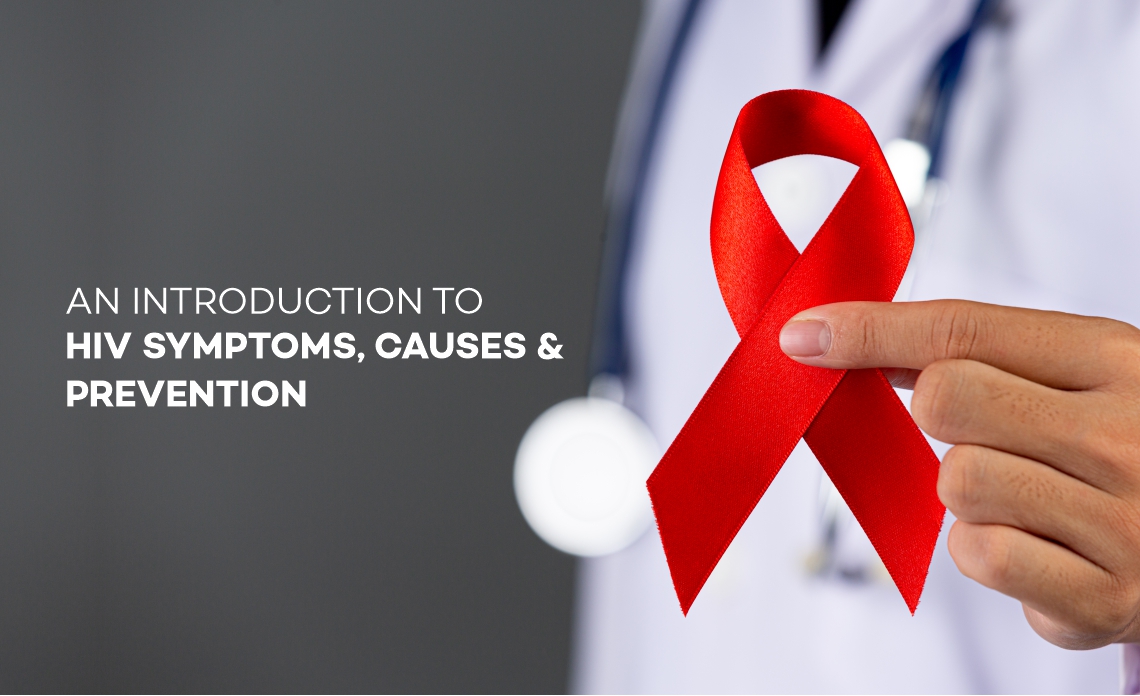
Human Immunodeficiency Virus attacks the body cell that helps the body to fight against infections. Untreated HIV leads to AIDS. AIDS (Acquired Immune Deficiency Syndrome) is a late-stage HIV infection that occurs when the virus severely damages the body’s immune system. The virus weakens the immune system and can cause life-threatening infections. HIV causes complications like Meningitis, cancer, Cytomegalovirus, Liver and kidney disease, etc.
The number of people living with HIV (PHA) is estimated at close to 24 lakes. States in the South have the most people living with HIV. Maharashtra, Andhra Pradesh, and Karnataka were in the first place. India’s annual new infection (NI) is estimated at 62.97K in 2021. (Source: http://bitly.ws/xhp5)
Causes:
- Transmission through blood, semen and pre-seminal fluid, rectal fluids, vaginal fluids, and breast milk. HIV can be spread if these fluids come in contact with the inside of the mouth, penis, vagina, rectum
- Unprotected sex
- Sharing syringes or other equipment used to inject drugs with someone living with HIV.
- Engaging in unprotected anal or vaginal sexual activity. Receptive anal sex is the most dangerous. Having several partners also raises the risk.
Symptoms:
There are 3 phases – Acute HIV, Chronic HIV, and Progression to AIDS.
Symptoms associated with acute HIV infection may be similar to those associated
with influenza or other viral diseases, including –
- Fever and muscle pains
- Headache
- Sore throat
- Night sweats
- Mouth sores, including yeast infection (thrush)
- Swollen lymph glands
- Diarrhea
Chronic infection is asymptomatic. Untreated HIV infection leads to AIDS which is life-threatening. Here are some signs and symptoms of these infections:
- Sweats
- Chills
- Recurring fever
- Chronic diarrhea
- Swollen lymph glands
- Persistent white patches or unusual sores on the tongue or in the mouth for a long time
- Unexplained fatigue
- Weakness
- Weight loss
- Skin rashes or bumps
The first step in treating HIV is a combination of medications called antiretroviral therapy (ART). ART prevents the virus from multiplying in your body and can also decrease the amount of virus in your blood, semen, and vaginal fluids. ART also helps reduce the chance that you will pass HIV to someone else.
AIDS patients usually get regular blood tests to check their CD4 count. A CD4 count is used with a test called an HIV viral load test to see whether HIV
medications are working. A viral load test measures the amount of HIV in you. Diagnose AIDS. Without treatment, HIV can result in very low CD4 levels, which means that you have AIDS. Doctors may prescribe Other tests including Complete blood count, blood chemistry, urine test, Tests for other sexually-transmitted infections, TB test, Pap smear, and Anal Pap smear.
Ways to prevent
- Use a new condom whenever having intercourse.
- Use a clean and new needle
- Go for regular health check-ups
Though there is no cure for HIV, there are treatments that can help people with the virus live a long and healthy life. For more information or inquiry, please call +91 98254 45403/09 or email: info@saraswatihospitals.com.

